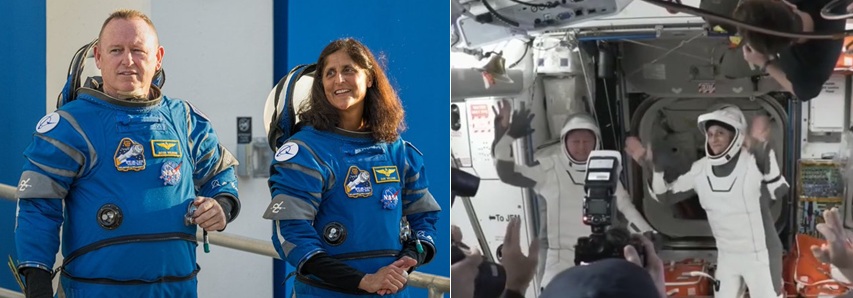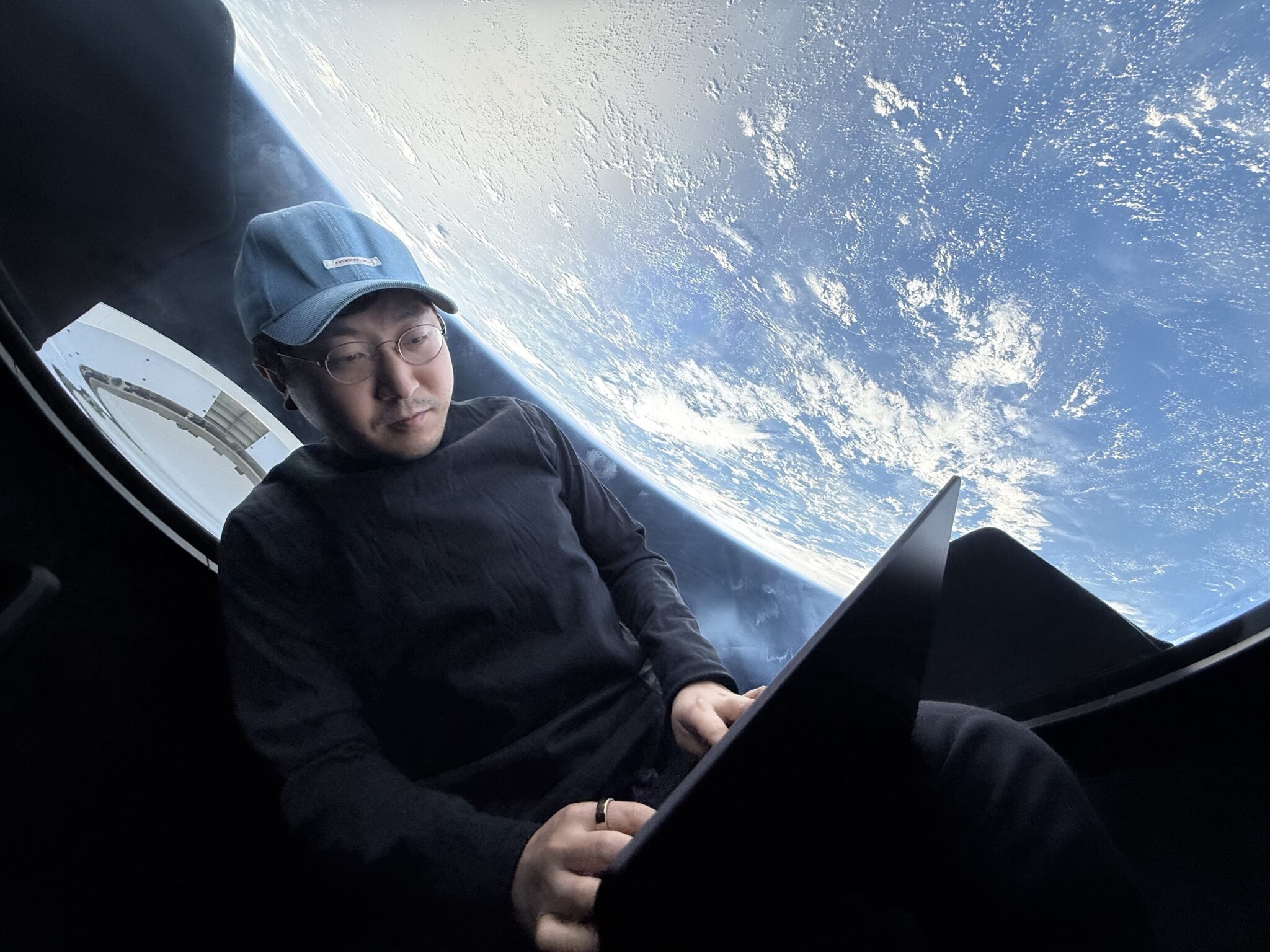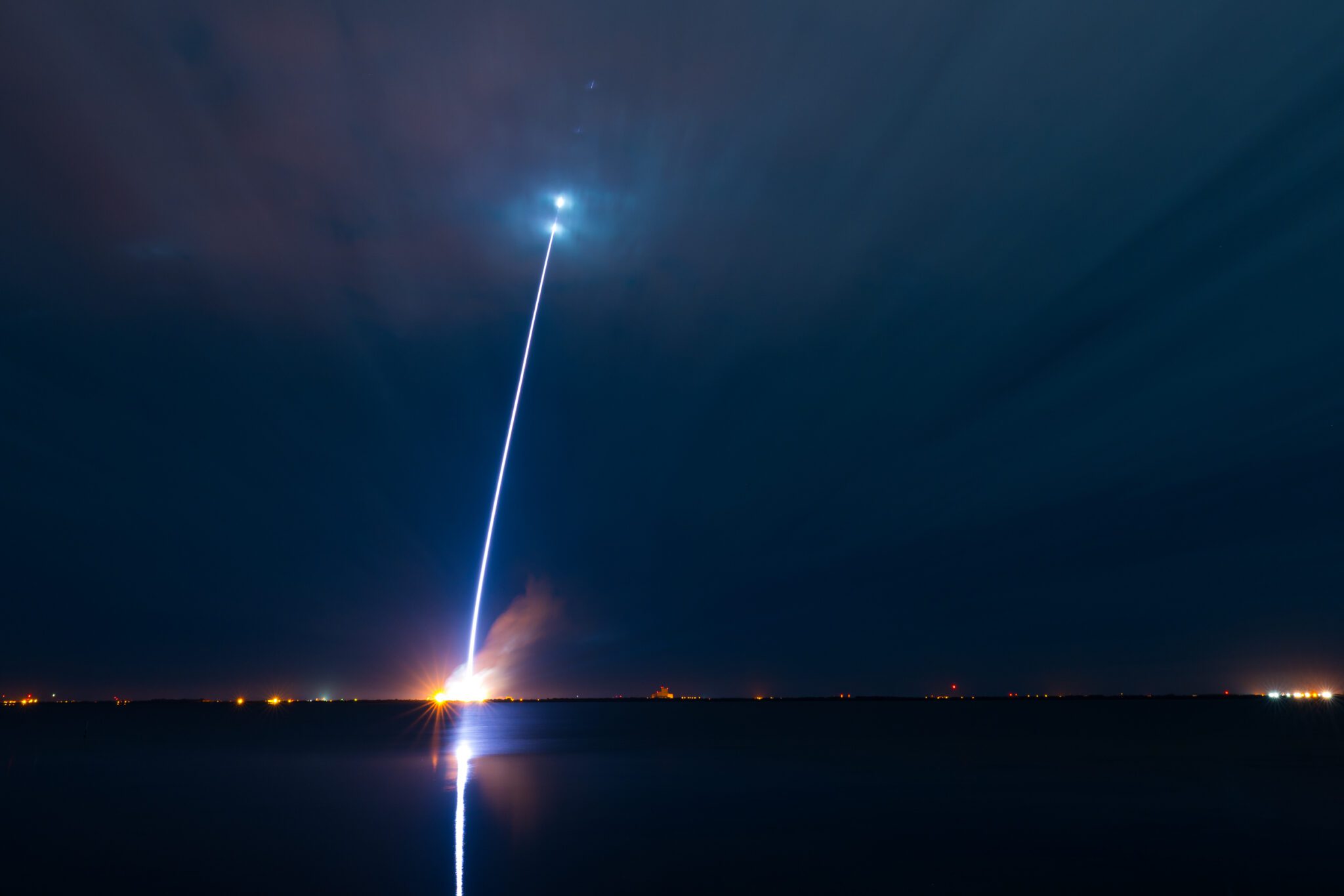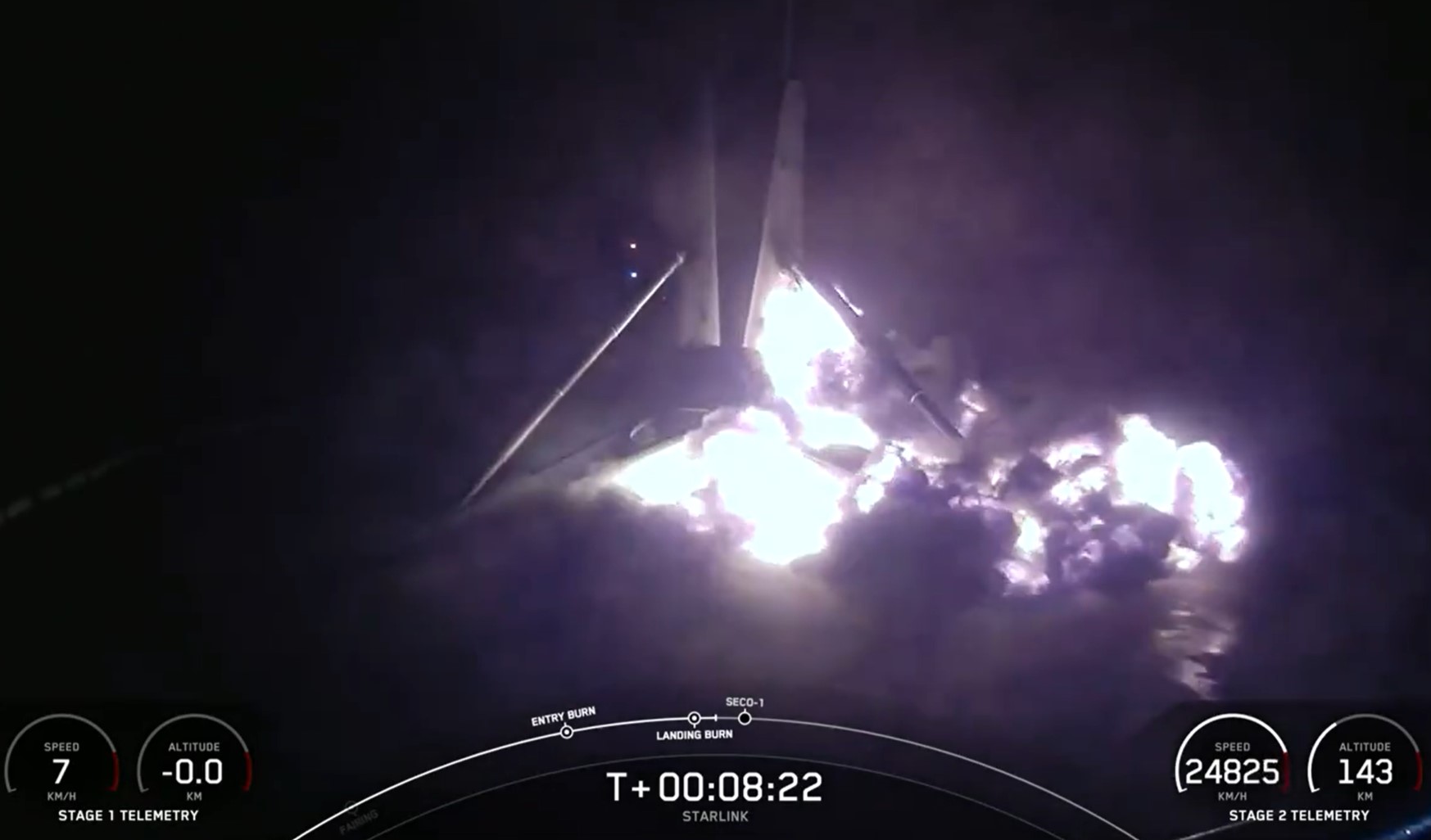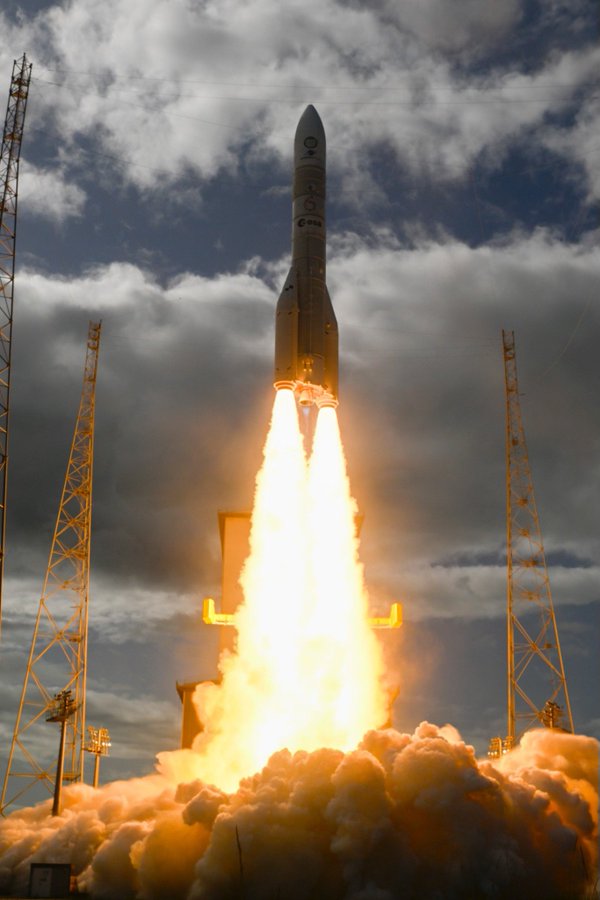The month of September marked a bumper harvest for Arianespace as it gathered in the fruits of its lower price strategy for smaller satellites. Five spacecraft were formally announced as having been booked on smaller satellite slots on Ariane 5 ECA, including Al Yah 3, JCSAT 15, Koreasat 7, Telkom 3S, Hylas 4 and Intelsat 36. The main reason for this order bonanza is that Arianespace had cut prices for these 3,400-4,000kg size satellites, helped along by concerns that SpaceX might not be able to fulfil its burgeoning Falcon 9 flight manifest.
Arianespace fights back
While Arianespace’s main workhorse, Ariane 5, has an enviable reliability record (61 successful flights in its current run), nevertheless, an increasing number of its past users had defected to the new lower cost competitor, SpaceX, for satellite launches in the smaller sub-4000kg category.
This left Arianespace in a quandary. The problem was that Ariane 5 ECA’s payload limitations meant that it needed these smaller satellites to match with larger ones for dual launches. An Ariane 5 ECA with a dual payload and adaptor is limited to carrying satellites totalling 9,100kg. In other words, it could only be flown economically if it carried one large and one smaller satellite to Geostationary Earth Orbit (GEO). Carrying two smaller ones or one single large spacecraft would be uneconomic.
With Space X rapidly mopping up the smaller satellites, Arianespace faced the prospect of having to delay larger satellites on its launch backlog. The solution introduced by Arianespace’s new leader, Stephane Israel, was to move away from its previous price-per-kg rates for satellite launches and cut prices for smaller satellites. The strategy appears to be working – at least for now – though the extent of the hit on Arianespace revenues has yet to be revealed.
Arianespace and ESA fret about which launcher comes next
Worse, is that now both Arianespace and its overlord, the European Space Agency, find themselves in a quandary. Should they build a more powerful “Midlife Evolution” version of the Ariane 5 launch vehicle, whose Vinci engine upper stage should allow the new Ariane 5 ME to carry two large “5,500kg plus” communications satellites in a dual launch? Or should they move directly to a new rocket called the Ariane 6, whose revised low-cost expendable design will have a maximum payload similar to the current Ariane 5 ECA – albeit at competive prices compared with those offered by SpaceX?
While the current “Euro-fudge” decision allows for the development of Ariane 5 ME and Ariane 6, many believe that there is neither the money, nor the time to do both. Others suggest that just as SpaceX is now trying to develop reusable rockets, ESA should – in the longer term – be doing the same. Given that such reusable vehicles would take much longer to develop, it was suggested by this column that either the upgraded Ariane 5 or the new Ariane 6 could act as a quick built stopgap.
Whether there is a stop-gap or not, there is now a strong vein of opinion inside ESA that further development of the Ariane 5 should be dropped and that it should move directly to a liquid fuel core stage – liquid fuel upper stage Ariane 6 (both using the cryogenic LOx (liquid Oxygen)/liquid Hydrogen propellant combination), with booster strap-on rockets to be added according to different launch weights. The French Space Agency, CNES, an Arianespace shareholder and member of ESA, has come up with a revised Ariane 6 design using two and four solids to provide 5,000kg and 10,000kg payload versions.
Pressure from satellite companies to go straight for Ariane 6
The pressure for a move directly to Ariane 6 is also coming from Arianespace’s clients, including: Intelsat, SES, Eutelsat, Inmarsat, Hispasat and HellasSat. These major satellite operators have sent an open letter to ESA pushing for the Ariane 6 to developed as rapidly as possible, ideally with a first launch in 2019. The Ariane 6 project is estimated to cost €4 billion (revised). The Ariane 5 development alternative, while costing less than half of this figure, is not favoured by the operators, not least because it would not be ready until 2018.
Technically, the commercial launches that Arianespace undertakes, are to help cover the costs of ESA and European government launches. This could lead complaints from the former, that commercial entities are putting pressure on it, even if many agree with the sentiment.
Infighting over Ariane 6 design and Ariane 5 upgrade
Within ESA there is infighting along national lines not only over which launch vehicle option should be taken, but even over the basic design of Ariane 6. The original solid-solid-cryogenic design (first stage of three solids topped by second stage solid with final cryogenic upper stage) of the vehicle as championed by France (solid rockets are a French industrial speciality) has been opposed by Germany, which, in addition to championing the Ariane 5 upgrade, also wants the new liquid design Ariane 6 to go forward (liquid fuel upper stages/engines are a German forte). In addition, ESA itself would prefer a smaller lower payload sub-version for its launches to low Earth orbit.
A formal decision on which options to take was supposed to be made at an ESA ministerial meeting in December but this looks likely to be delayed until the nuts and bolts of the Ariane 6 design, and the Ariane 5 impasse, can be ironed out at some preliminary meetings.


